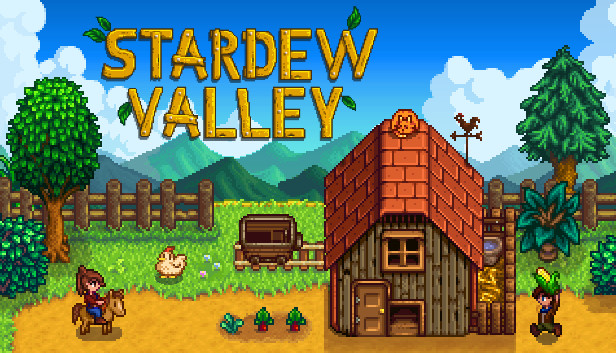Dream, Believe, Dare, Do: the man and his mouse
- Nick Saward
- Dec 16, 2021
- 3 min read
David Hesmondhalgh says that cultural industry companies try to minimise risk and maximise audiences through vertical and horizontal integration and by formatting their cultural products. Vertical integration is when a media company owns different business in the same chain of production and distribution and horizontal integration is a media company's ownership of several businesses of the same value. For this blogpost I will be looking at Disney.
The Walt Disney Company, or just Disney for short, is an American multinational entertainment and media conglomerate founded by the man himself, Walter Elias Disney, in 1923. Rising to prominence in the first half of the 20th century and only growing every year since, the Walt Disney Company is arguably the most famous in the world. Since its foundation in 1923, they have produced and released 497 films under the Walt Disney Pictures banner, made 16 acquisitions and opened 12 Disney Parks around the world. If ever there was a company that knew how to maximise profit, it's Disney.
When it comes to minimising risk, this is an easier feat for companies with more money. For example, the famously tight copyright restrictions giving Disney the exclusive right to use the characters and strictly enforces these too. If Disney was a small low profit company then it would be much harder for them to enforce these laws and unrealistic for them to take anybody else to court over potential cases.
As well as discussing integration when it comes to profit, Hesmondhalgh also suggests that companies use stars, genres, franchises etc to format their cultural products. When it comes to Disney, this is a given. With some of the biggest acquisitions made being Lucasfilm (2012 but had owned the exclusive theme park rights since the 1980s) and Marvel (2009), who own 2 of the biggest film franchises in the world. Within these franchises there are well established film stars who have made these movies a focal point of their careers. For example, Carrie Fisher's most known role was as Princess Leia in the Star Wars series, a role which she played from the first film in 1977 until her death in 2016. Similarly, the Marvel Cinematic Universe (MCU) has a whole host of established and loyal actors but at the centrepiece of the entire franchise is billionaire playboy philanthropist and founding member of the Avengers is Tony Stark/Iron Man portrayed very famously by Robert Downey Jr from the first Iron Man film in 2008 until the characters death and conclusion of Phase 3 in 2019. The use of repeated characters in film series over an elongated period (10 ish years for Marvel protagonists and multiple decades for Lucasfilm) creates a sense of nostalgia and familiarity for consumers and allows audience members to find something within the characters for them to attach relatability and an emotional connection to. When audience members become attached to characters, they are more likely to become ignorant to the big brand capitalist behaviours that are inevitable when there is as much money involved as there is with Disney but they are also more likely to engage with more media (produced by Disney) that involves or relates to characters/stories they like and are also more likely to spend money on merchandise as such as they may feel they are showing public support for the character or film as supposed to the corporation that produced them.
Hesmondhalgh also says that the largest companies or conglomerates (Disney) now operate across a number of different cultural industries. This is evident with the Walt Disney Company with products in amusement parks, films, music, video games, web portals and merchandise for pretty much all of the above. Operating across various cultural industries is important for companies as it gives them a chance to target more audiences which gives them access to a wider range of income.
Hesmondhalgh continues his observations on cultural industries by saying that the radical potential of the internet has been contained to some extent by its partial incorporation into a large profit orientated set of cultural industries. Disney has taken complete advantage of the rise of the internet especially very recently removing Disney channels from international cable networks which in turn forces audience members to use Disney's own streaming service, Disney+, if they want to watch Disney produced television shows.
Disney are a powerful force of worldwide media and an absolute marketing giant who definitely minimise risk and maximise audiences by all means possible.




Comments